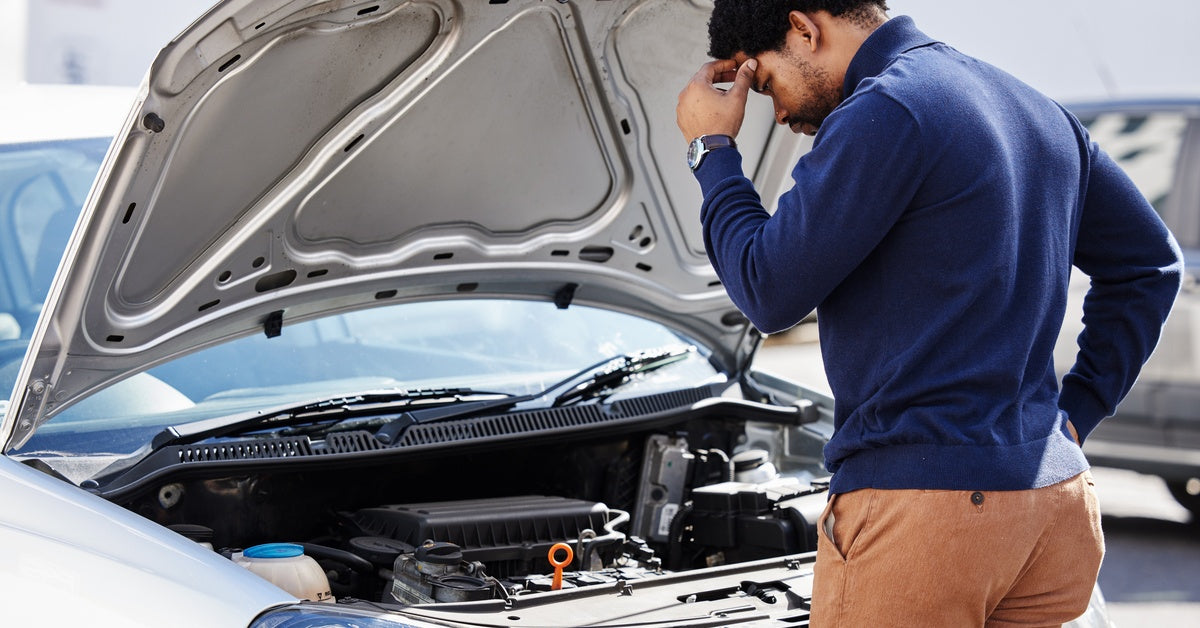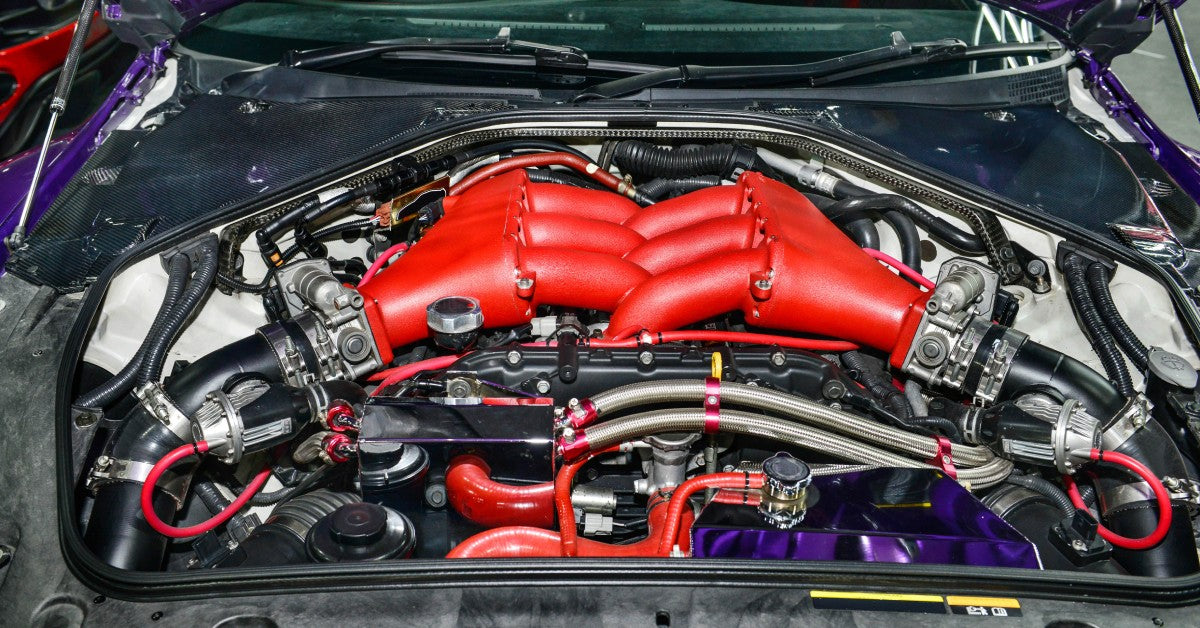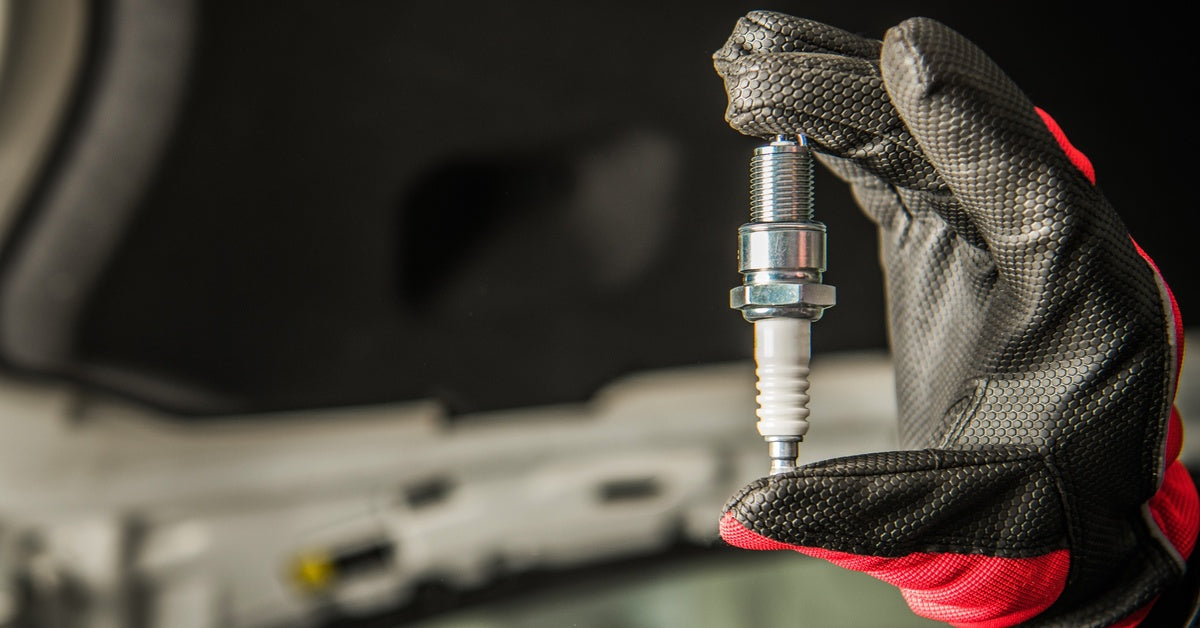
The recent slew of intense winter storms has been making headlines in more ways than one. In the northeast millions of people were without power. In other parts of the country, snow and ice caused havoc on roads, which are typically warm and dry. Though most vehicles have little problem operating in cold conditions, recent extreme weather has really put them to the test.
In several areas, including Boston, floodwaters filled residential areas with up to 2 feet of water resulting from the storm surge of the “bomb cyclone.” This water then froze leaving vehicles encased in ice, often above the bottom of their doors. Photos and video of this surreal scene have been going viral, bringing to light just how quickly the weather can change and leave people stranded.
The east coast was not the only area impacted by the cold. In Houston, dozens of 18-wheelers were stranded on Highway 59 after the road was shut down because of icy conditions. States like Texas aren’t quite as prepared for winter conditions as those in the north are. Early in the morning, the roads were able to be treated and the trucks began getting traction within an hour, being directed off the highway one truck at a time.
Several things happen to a vehicle’s performance in the extreme cold. Batteries may fail; transmission fluid and anti-freeze can thicken or even freeze up if it’s cold enough. Tire pressure also decreases, windshield wiper blades can break, and even spark plugs can weaken due to the cold. The best thing anyone can do for his or her vehicles during these harsh winter months is to be prepared. Check the news before planning on driving, be sure to have a way to inflate low-pressure tires, and warm up your vehicle for at least 15 to 25 minutes before heading out. If road conditions are poor, it is safer to stay home instead of venturing out.
As far as those vehicles frozen in ice, can they be salvaged? This question gained popularity after Hurricane Harvey where thousands of vehicles were flooded by the storm. The concern was these vehicles being resold back into the market making them dangerous for their new owners. A flooded vehicle is often a total loss as the cost to successfully repair the flood damage is extremely high. The same would apply to vehicles that flooded then froze as ice can break engine components, belts, wires, and more. When purchasing a used vehicle, be 100% certain to know its history, especially if it comes from an area that was hit with severe weather.







